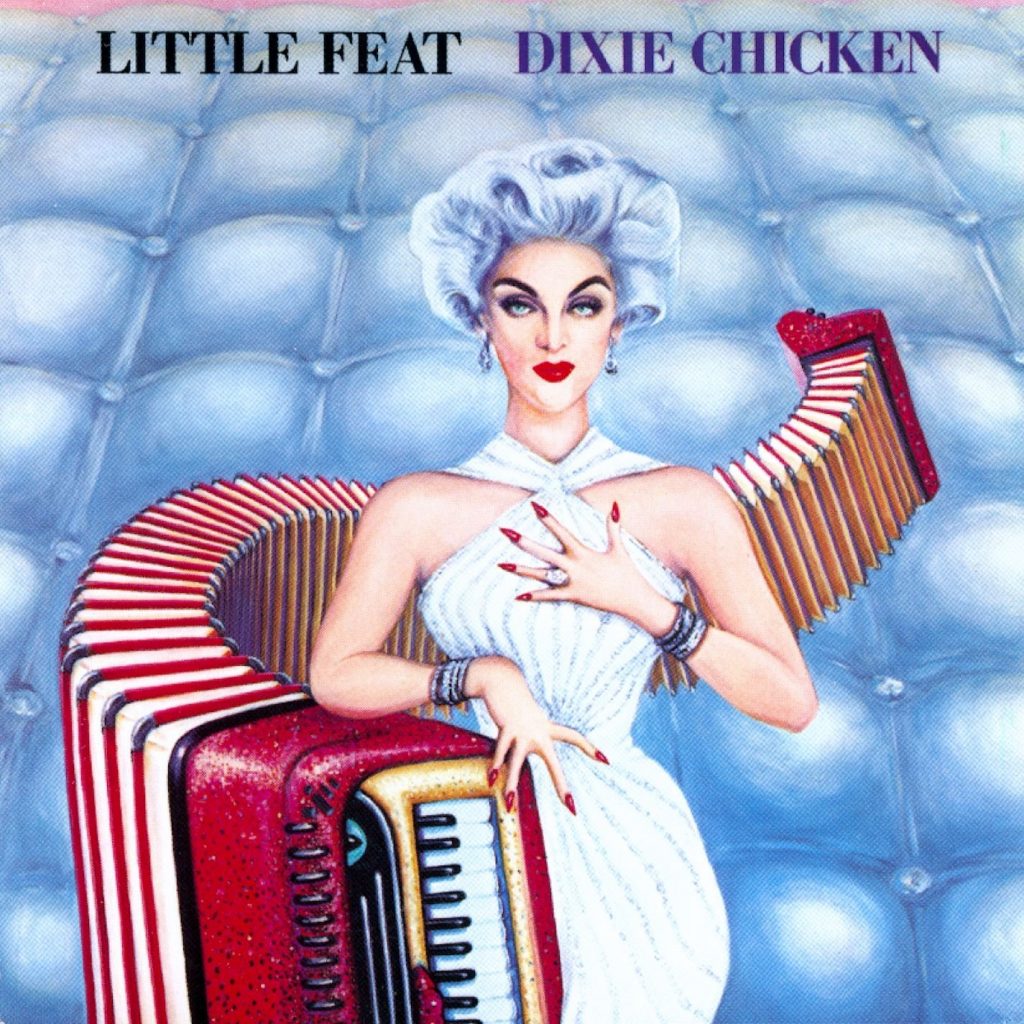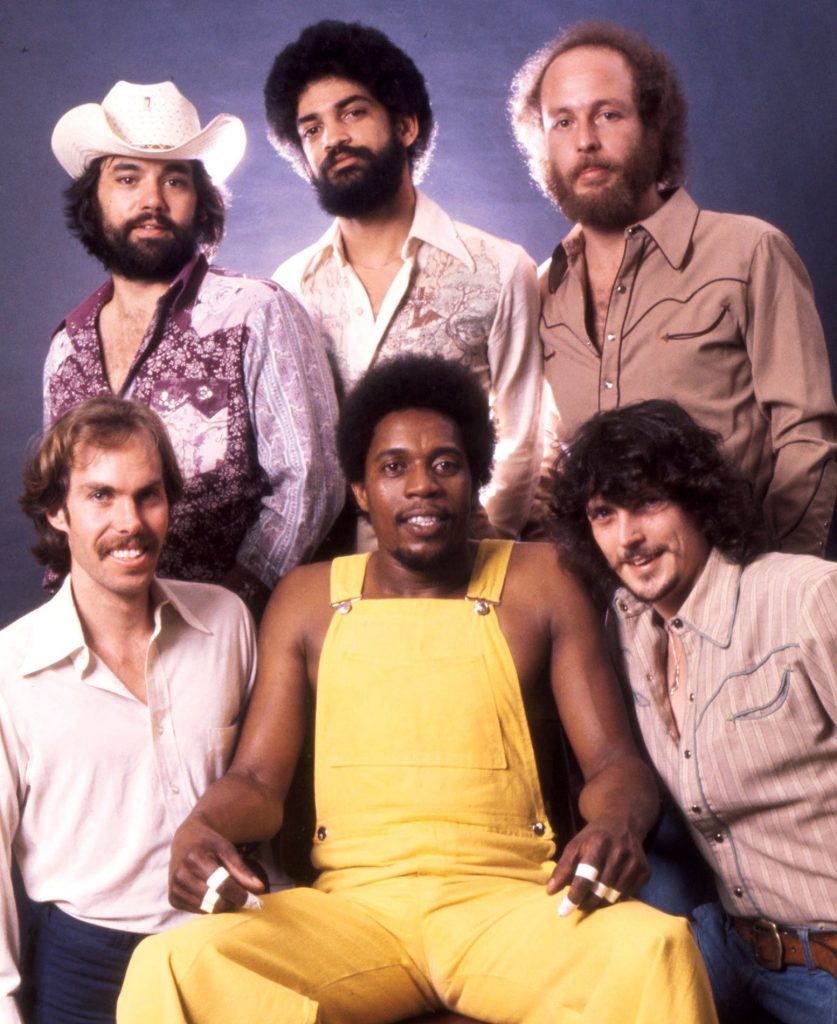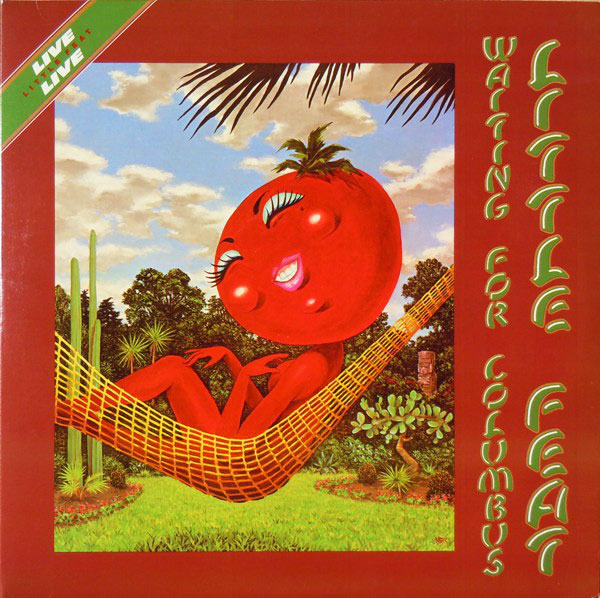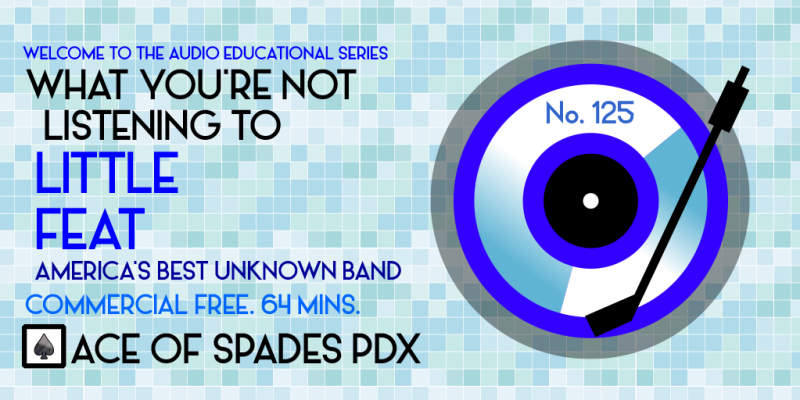Podcast: Play in new window | Download | Embed
After the 1960’s folk rock made it’s biggest impact on the U.S. charts, a new sound was developing from it: the singer-songwriter movement. Things got slower, less political and much more personal. But not all of it was a middle-of-the-road mainstream snoozefest. Children of the Revolution, please allow me to introduce Little Feat. #littlefeat #socal #lowellgeorge #countryrock #jamband #swamprock #rockandroll
It would be very easy to paint all music coming out of the first half of the 1970’s as dull and boring, especially if you saw what the biggest-selling records were at the time.

Many of the artists of this new movement primarily were centered around two places, which were Woodstock in New York and in Southern California, around the Laurel Canyon area; the latter was close in proximity to Hollywood, which made it attractive to those in the entertainment business.
The scene became mainstream, which something that metal heads, rockers and punks equally called the death of Rock and Roll, until those groups somehow came along and “saved” it. The sound even was adopted by others outside of the locality, such as Elton John. The Eagles were a prime example of this music, and due to their massive success, a prime target.

But not every artist in the Southern California scene was all about singing about a place you can check of out and and never leave from. Little Feat, a band still recording and touring to this day, arose from this era and place, and from one of the Laurel Canyon residents, who oddly was not about soft rock, Frank Zappa.
Lowell George, along with Hispanic bassist Ray Estrada, were once in the Mothers of Invention, and left to form Little Feat in 1971. They were signed to Warner Brothers, and their first two LP’s flopped. They broke up briefly, but then quickly reformed with a new line-up: George, along with Paul Berre, Kenny Gradney, and Bill Payne, along with musicians of color, Richie Heyward and Sam Clayton, something only the Doobie Brothers could claim at the time.

Little Feat would start a winning streak with this new line-up, which changed their sound dramatically: Folk, country, R&B, jazz-fusion, swamp rock, boogie rock, ballads and even blue-eyed soul. Live, they were considered a type of jam band like the Grateful Dead, but much more funky. They were so well loved that their songs ended up on best-selling albums by Linda Ronstandt, and the group themselves were session players on numerous releases, including several early important LP’s by Robert Palmer.
Interestingly, the band also became associated with another person from their Zappa Days, illustrator Neon Park. This was the era of the classic album cover, and Park (born Martin Muller) rose so much to the occasion that his work became as associated with the band as the design team of Hipgnosis was with Pink Floyd. Park’s anamorphic animals and food images also were all done with a sense of sly humor, not unlike many of the songs by the group, which stood in contrast to the seriousness of Little Feat’s contemporaries.

Things were unfortunately not well in the band. George, who had become an autocratic leader like his early mentor Frank Zappa, came to despise the songwriting talents and playing of his band mates, believing they had strayed too far from their winning formula.
By the time of their magnum opus, the double live album Waiting For Columbus in 1978, the band were more popular than ever, and their sound was beefed up incredibly by the introduction of the Tower of Power horns, yet another turn that set them apart from their contemporaries. George then dissolved the band and released his only solo album, Thank’s, I’ll Eat It Here. While on tour supporting this latter release, George died of a heart attack at the age of 34 brought in part by obesity, alcohol abuse and hedonistic drug use.

The band would release what little material they had left with George within a couple of years, but would reform in 1988 with the LP Let It Roll, which was a major commercial success. With or without Lowell George, the band has carved out an impressive niche that none of their contemporaries can match.
The Rolling Stones and Led Zeppelin were huge fans of the group and People magazine once called Little Feat “America’s best unknown band”. Here is your opportunity to find out why.
First Part
- Skin It Back, 1974, Feats Don’t Fail Me Now
- All That You Dream (single version), 1975, single A-side, original on The Last Record Album
- Willin’, 1972, Sailin’ Shoes
- Old Folks Boogie, 1977, Time Loves A Hero
- Down On The Farm, 1979, Down On The Farm
- Find A River, 1979, Thanks, I’ll Eat It Here (Lowell George solo)
Second Part
- Dixie Chicken, 1973, Dixie Chicken
- Rock and Roll Doctor, 1974, Feats Don’t Fail Me Now
- The Fan (recorded live in the studio), 1973, Hoy-Hoy!
- Teenage Nervous Breakdown, 1972, Sailin’ Shoes
- Hamburger Midnight, 1971, Little Feat
- Juliette, 1973, Dixie Chicken
Finale
- A Apolitical Blues (live), recorded 1977/released 1978, Waiting For Columbus
- Rocket In My Pocket, recorded 1977/released 1978, Waiting For Columbus
Love to you all.
Ben “Daddy Ben Bear” Brown Jr.
Host, Show Producer, Webmaster, Audio Engineer, Researcher, Videographer and Writer
Instagram: brownjr.ben
Twitter: @BenBrownJunior
LinkedIn: benbrownjunior
Design Site: aospdx.com
“Copyright Disclaimer Under Section 107 of the Copyright Act 1976, allowance is made for ‘fair use’ for purposes such as criticism, comment, news reporting, teaching, scholarship, and research. Fair use is a use permitted by copyright statute that might otherwise be infringing. Non-profit, educational or personal use tips the balance in favor of fair use.”
